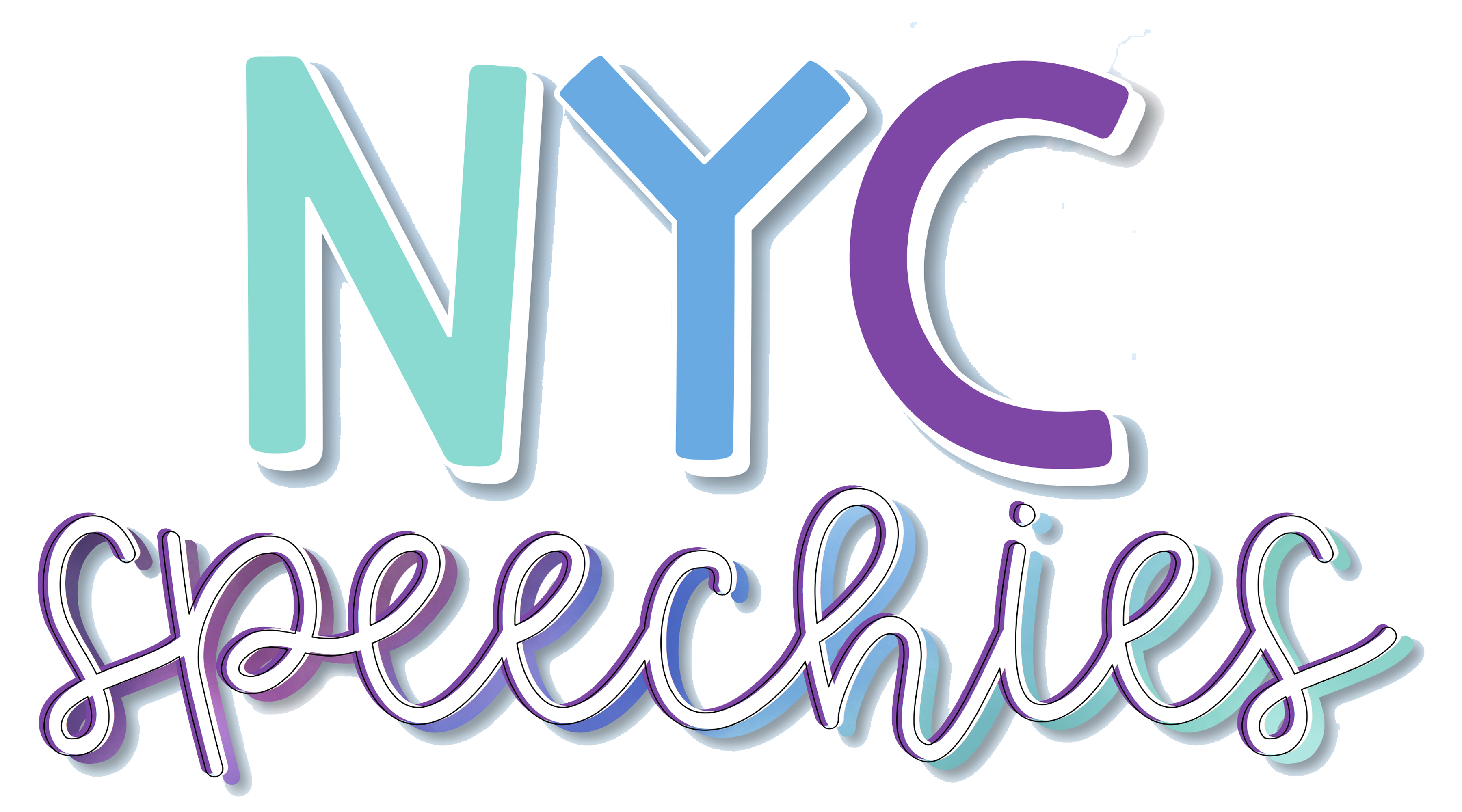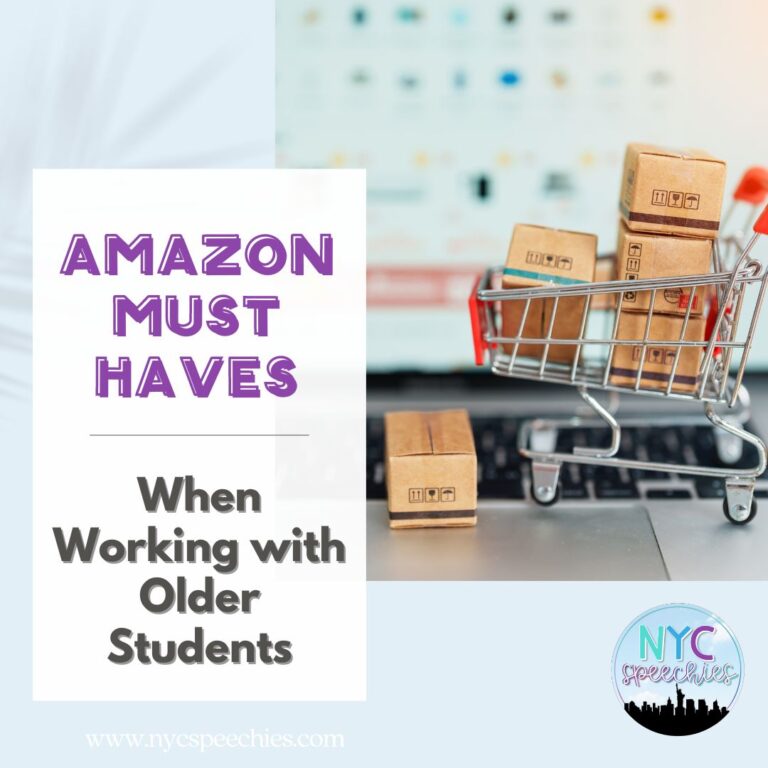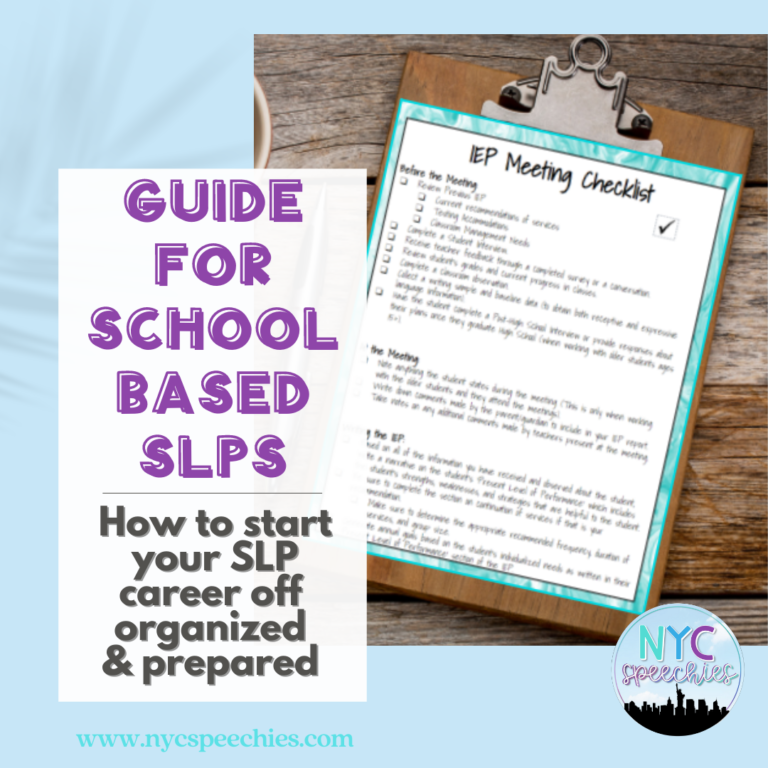Top Challenges When Working with Older Students

As we browse through social media, we frequently encounter curated and idealized depictions of people’s lives and experiences. Similar to what is showcased on Instagram, we aspire to meet similar expectations in our roles and responsibilities as speech and language therapists working in middle and high schools. While these polished images and captions can be inspiring, they sometimes foster unrealistic expectations and misunderstandings.
When we first started working with older students, we had a multitude of expectations that ended up being very different than our reality. Here’s a breakdown of some common challenges you may face when working with our students and what you can do to prepare more effectively.

- Engaging Older Students: You might expect students to complete an assignment you give them, but the reality is that they often complain when an assignment involves any type of ‘work.’ To overcome this, use materials that are engaging and motivating by focusing on topics that your students find interesting and relatable. Check social media to see what’s trending, or ask your students directly about their interests. Some popular topics we’ve incorporated into our sessions for older students include Discord, TikTok, YouTube, basketball, and anime. We’ve even created a breakdown that covers several goals based on one socially relevant topic.
- Mixed Groups: Ideally, students in your speech and language groups would all be working on similar goals, but scheduling often prevents this, resulting in groups of students working on a variety of different goals. Mixed therapy groups can be both effective and enjoyable for older students. You can use a cohesive activity that addresses various speech and language goals, ensuring each student benefits and progresses. Choose an activity that includes elements relevant to multiple goals, such as one that incorporates reading, writing, oral language, and pragmatic skills.

- Generalizing Strategies into the Classroom: You might expect students to use the strategies you teach them in the therapy room and transition them into the classroom, but the reality is that they often forget these strategies once they leave the therapy setting. To address this, after a student can successfully use a strategy in the therapy room, provide them with a visual prompt to use in the classroom. We like to give our students laminated bookmarks or checklists of the strategies they are working on. Additionally, you can ask the classroom teacher to hang up posters in the classroom for students to refer to.
- IEP Meetings: While you might expect to receive an IEP notice for an annual review meeting weeks in advance, the reality is that you often find out about the meeting just the day before. To manage this, it’s essential to prepare ahead of time by starting to collect information a month before the anticipated meeting date. Begin by sending out teacher and student feedback forms, reviewing the previous IEP, printing the current transcript, and visiting the classroom to observe your students. By taking these steps, you’ll be well-prepared for any last-minute IEP meetings.

- Student Attendance: While you might expect students to remember to attend their speech and language therapy sessions, the reality is that they often forget. To handle this, we contact students directly using apps like REMIND or Google Voice which send them a text message. Additionally, we schedule notifications and emails through Google Calendar. Since students are always on their phones, they are sure to see our reminders.
Managing IEP meetings, mixed groups, student attendance, engaging older students and generalizing strategies into the classroom are among the many challenging responsibilities we face throughout the school year. Implementing these tips can help you navigate these challenges more effectively, aiming for outcomes that streamline your job and reduce stress significantly.






